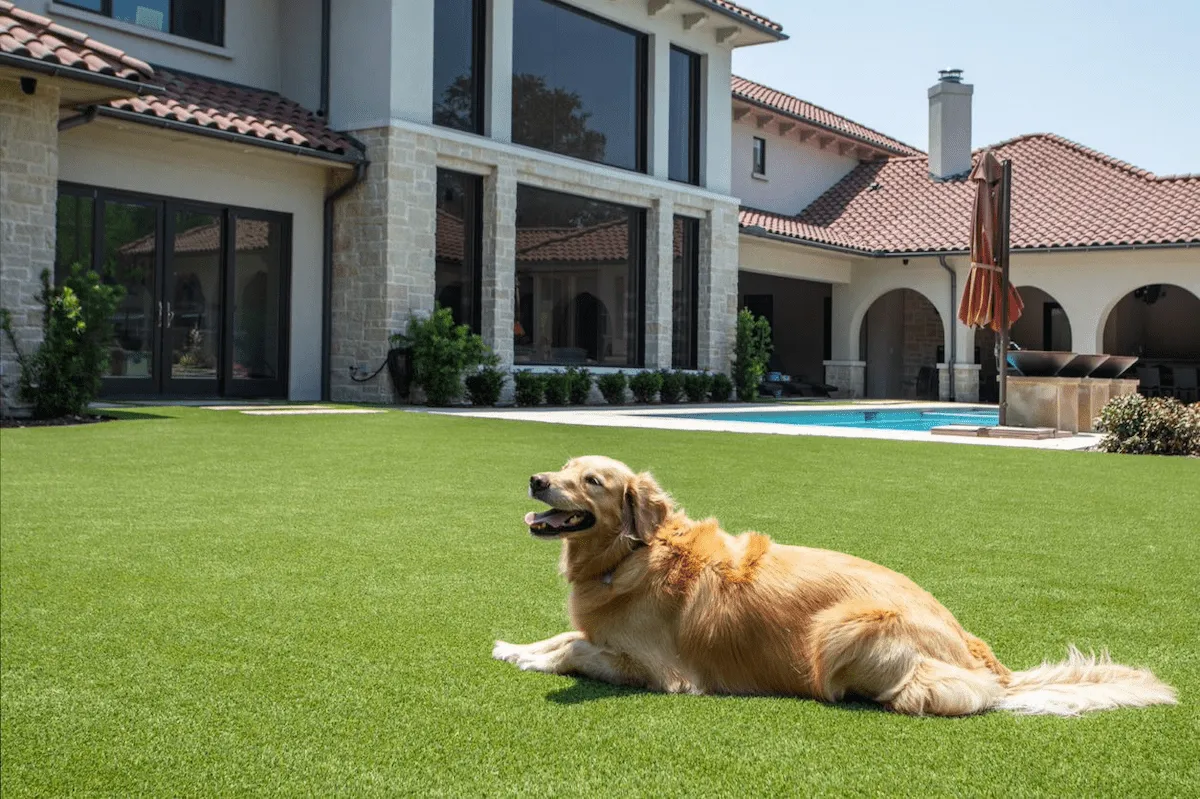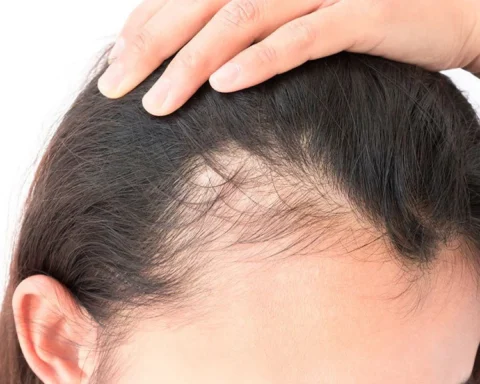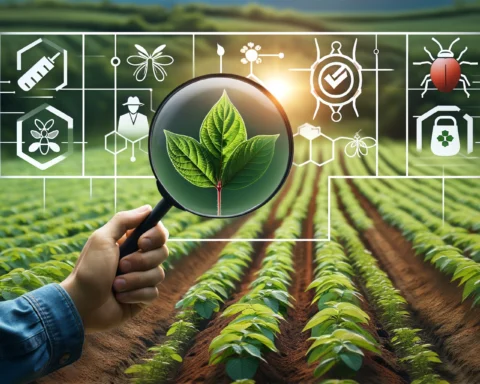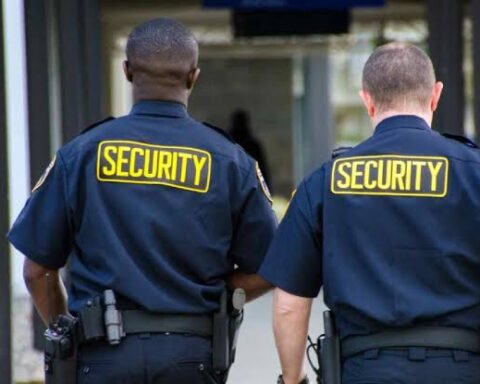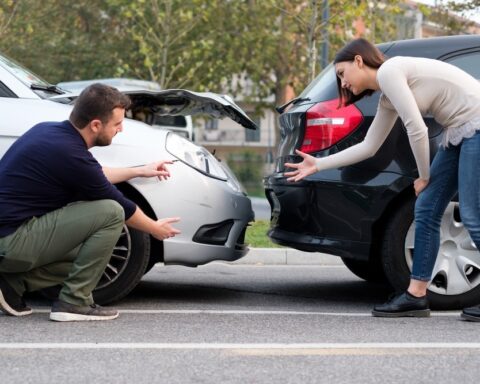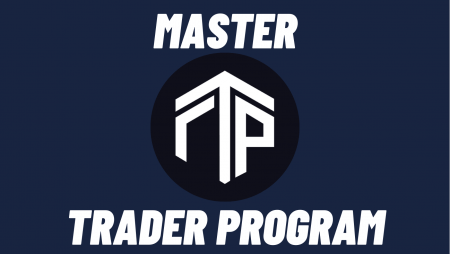Terrace and pet artificial turfs provide practical solutions by transforming outdoor spaces and creating appealing and hygienic environments. Both are eco-friendly and a safe option for residential spaces. They are designed with varying purposes depending on the unique needs and suitability of their application. Here are some of the differences between terrace and pet artificial turf:
Purpose of Terrace Turf
Terrace turf is designed to provide an aesthetic look for landscaping terraces, balconies, and gardens. Its softer fibers mimic the natural feel of grass, allowing users to enjoy foot comfort. The layout is appealing, making it suitable for residential, office, and children’s play spaces. Pet artificial turf is designed for pets’ comfort, safety, and cleanliness.
Pets love scratching and digging up the natural garden, which soils the outdoor space with mud and waste. Pet Artificial is a low-maintenance option for pet owners looking for a clean and safe space. Regardless of the weather, pets can explore and play without leaving patches on the turf.
Durability and Blade Structure
Terrace turf focuses on beauty and comfort over durability. It’s engineered to withstand foot traffic, including moderate walking, furniture movement, and sitting. However, it does not hold up against extreme activities such as scratching by pets. Dogs apply force when digging using their sharp nails, which tear the soft fibers. Artificial pet turf is durable enough to withstand damage from a pet’s claws and digging.
The texture of terrace blades replicates the feel of natural grass and has varying height and density. Pet Artificial turf blades are reinforced to resist wear and tear from scratching by pets’ claws and paws.
Stiffer blades are upright, which helps keep pet waste on the surface. This makes it easier to remove solid waste, as it doesn’t get trapped inside. Liquids such as water and urine are drained away through the backing, helping to maintain a cleaner space for pets and pet owners.
Set-up
Terrace turf set-up features prioritize beauty and comfort. These include different shades of color to mimic natural grass, and blend well into outdoor space. Manufacturers may incorporate faux-brown thatch to imitate the realistic appeal and convincing illusion of traditional grass. The focus on appearance and realism makes it suitable where visual appeal is paramount, such as rooftop gardens, outdoor patios, and residential balconies.
Artificial turf installation for pets looks at their safety, ease of cleaning, and maintenance. The construction recognizes that pets spend time playing, scratching, and digging. The features of pet turf focus on hygiene and pets’ health. It has a well-developed drainage system to manage wetness and maintain a dry surface.
The materials facilitate quick water drainage, which prevents saturation, odors, the growth of harmful bacteria, and disease transmission. You can treat some pet artificial turfs with chemicals, helping to maintain sanitary surroundings.
Heat Resistance
Since outdoor spaces are exposed to the sun, terrace turf design integrates cooling and heat resistance technologies. This cools the surface during summer, making it comfortable for users to walk barefoot and for children to play. The primary purpose of artificial pet turf is cleanliness and hygiene rather than cooling. It does not emphasize cooling technology because its goal is to create a safer environment for pets.
Knowing the Differences Between Terrace and Pet Artificial Turf
The choice between terrace and pet artificial grass depends on the unique needs of the outdoor space and the intended application. For a pet owner, installing a turf that can withstand scratching from pets and has strong blades is a good option for durability and cleanliness. For recreation purposes, terrace turf is visually appealing and has a softer feel.
Don’t miss out on updates and alerts – stay connected! Essential Tribune

